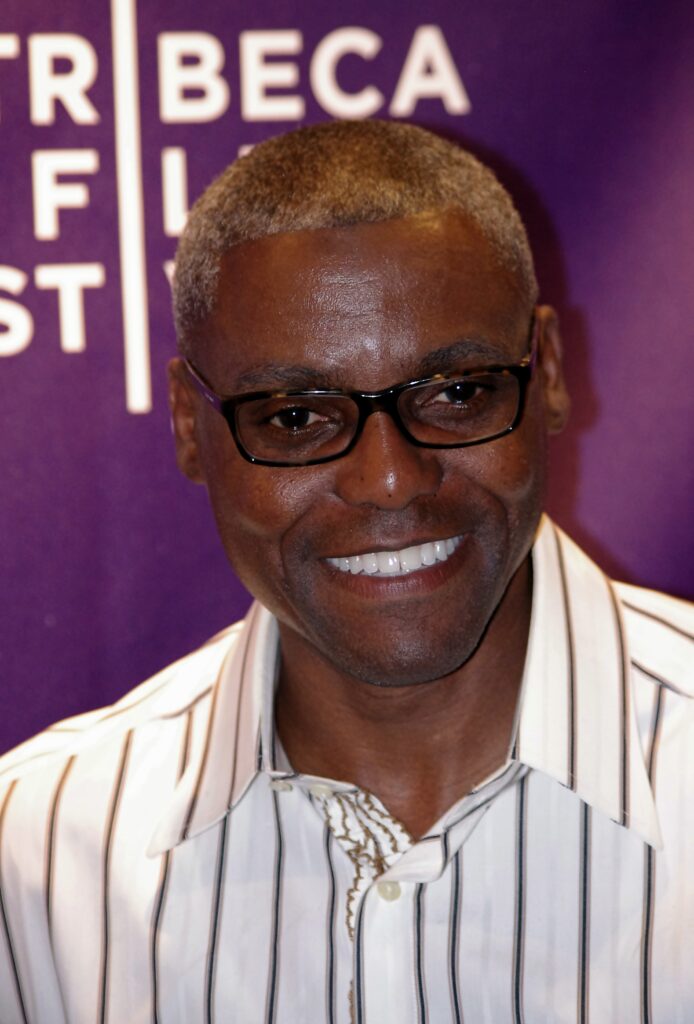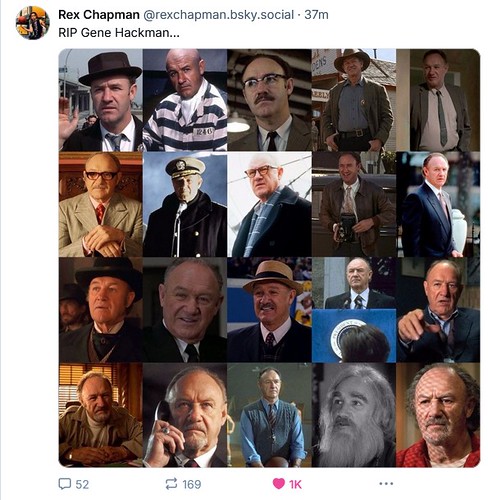
Gene Hackman, a name that reverberates with the very essence of cinematic brilliance, has etched an indelible mark on the annals of Hollywood. For over five decades, his commanding presence and remarkable range captivated audiences, earning him a place among the most revered actors of his generation. Yet, as the final curtain fell on his extraordinary life, the story that emerged was one of profound personal tragedy, unfolding far from the spotlight he once commanded.
This is not merely a recounting of facts and timelines; it is an endeavor to explore the deeper narrative, the ‘story underneath that we don’t know, but we can feel is there.’ It delves into the quiet dignity and devastating challenges that marked his concluding years, inextricably linked with the unwavering devotion of his beloved wife, Betsy Arakawa. Their final moments, discovered in solemn solitude within their Santa Fe adobe home, reveal a poignant tapestry woven with love, loss, and the silent struggles of aging.
Join us as we embark on an intimate reflection, moving beyond the headlines to understand the life, the love, and the complex circumstances that defined the quiet farewell of a true Hollywood legend. We seek to honor their memory by zooming in on the memories they shared and the broader implications of a tragedy that underscores critical societal conversations.
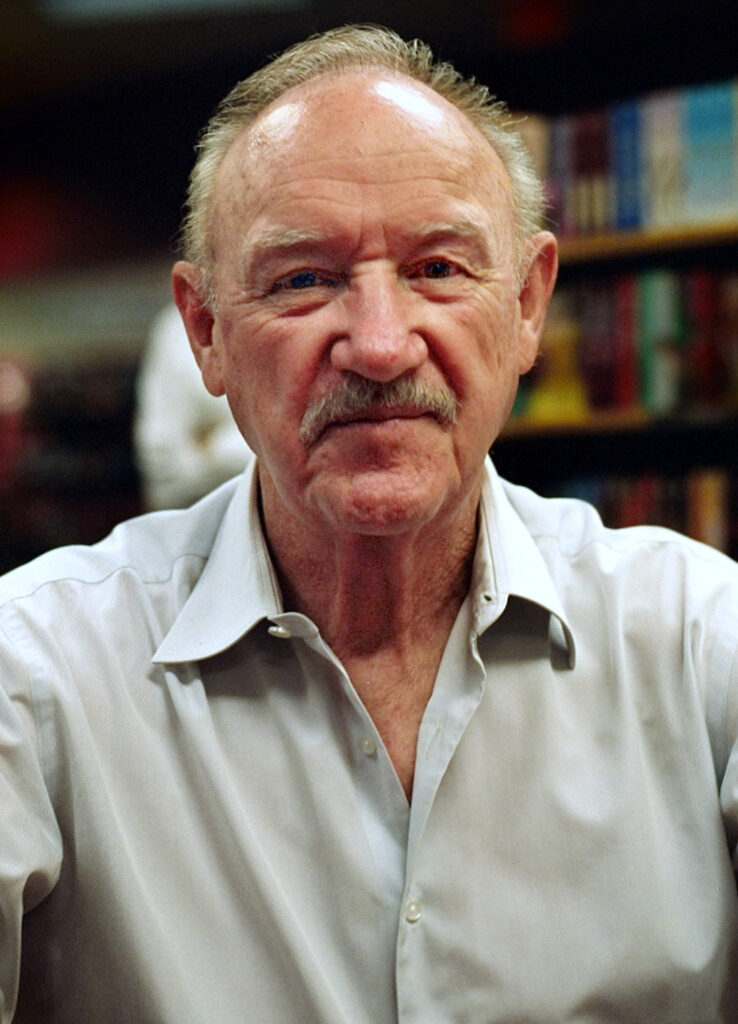
1. **Gene Hackman’s Illustrious Cinematic Journey**To speak of Gene Hackman is to evoke a gallery of unforgettable characters, each imbued with a unique blend of gravitas, vulnerability, and sheer force of will. His career highlights are a testament to his incredible versatility, spanning genres and consistently delivering performances that transcended the screen. From the gritty determination of Popeye Doyle in “The French Connection,” which earned him one of his two Academy Awards, to the intricate paranoia of Harry Caul in “The Conversation,” Hackman demonstrated an unparalleled ability to embody the complexities of the human spirit.
His filmography reads like a masterclass in acting, featuring iconic roles that remain cornerstones of cinematic history. Whether it was the subtle power of Coach Norman Dale in “Hoosiers,” the comedic menace of Lex Luthor in “Superman,” or the formidable Little Bill Daggett in “Unforgiven” – a role that garnered his second Oscar – Hackman consistently delivered performances that were both profound and effortlessly authentic. He brought a rare blend of normalcy and extraordinary depth to the screen, inspiring a generation of performers and filmmakers with his nuanced approach.
His ability to portray complex characters with empathy and depth remains unmatched. As one observer noted, watching him was like watching ‘a real actor… doing something very subtle but beautiful on camera. He’s just being normal.’ In a world often prone to exaggeration, Hackman’s genius lay in his capacity to find the truth in every role, making him a cinematic giant whose legacy continues to shine brightly, influencing future generations of actors with his timeless craft.
Read more about: Beyond the Screen: A Deep Dive into Gene Hackman’s Curated Collection of 12 Major Artworks and Personal Artifacts

2. **The Unexpected Swan Song: ‘Welcome to Mooseport’ and Retirement**After decades of captivating audiences, Gene Hackman made the decision to step away from acting in 2004, leaving fans yearning for more of his captivating performances. His final film, a romantic comedy titled ‘Welcome to Mooseport,’ released in the same year, proved to be an unexpectedly underwhelming conclusion to such an illustrious career. The film itself tells the story of Monroe Cole, a former U.S. President played by Hackman, who seeks a quieter life in Mooseport, Maine, only to find himself running for mayor against an unlikely local handyman.
The genesis of ‘Welcome to Mooseport’ highlights a creative misalignment that contributed to its disappointing reception. While the screenplay was penned by Tom Schulman, known for ‘Dead Poets Society,’ the story originated from Doug Richardson, whose prior work included action-packed scripts like ‘Die Hard 2.’ The director, Donald Petrie, was primarily known for romantic comedies such as ‘Miss Congeniality.’ This confluence of varied creative influences ultimately steered what could have been a sharp political satire into a thinly veiled romantic comedy, much to the chagrin of critics and audiences alike.
Adding to the film’s unusual trajectory, Gene Hackman wasn’t even the original choice for the lead role; Dustin Hoffman was initially slated to star. Critical reviews largely lamented Hackman’s involvement in what was widely considered subpar material, and the film performed poorly at the box office. However, the true impetus for Hackman’s retirement wasn’t the film’s poor performance itself, but rather a profound concern for his health. He revealed, ‘The straw that broke the camel’s back was actually a stress test that I took in New York. The doctor advised me that my heart wasn’t in the kind of shape that I should be putting it under any stress.’ This candid admission clarified that his decision was a proactive step to prioritize his well-being, a choice that, while ending his cinematic output, underscored his enduring wisdom.
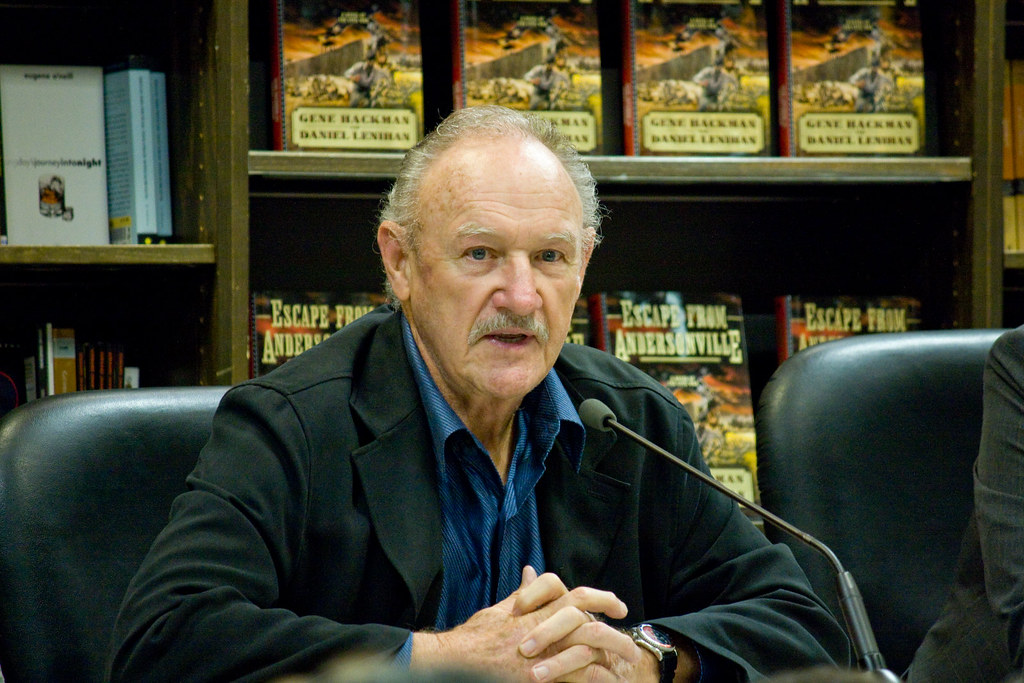
3. **The Invisible Invader: Betsy Arakawa’s Tragic Encounter with Hantavirus**In the quiet solitude of their Santa Fe adobe home, nestled amidst piñon pines and decorated with southwestern art, a tragic chapter began to unfold for Gene Hackman and his devoted wife, Betsy Arakawa. While Gene grappled with the advancing stages of Alzheimer’s, Betsy remained his anchor, her gentle patience and unwavering love a constant in his increasingly confused world. It was into this sanctuary, in early February, that an insidious and invisible threat found its way: hantavirus.
Hantavirus, a rare yet deadly respiratory illness, is carried by rodents and can be transmitted to humans, often through dust disturbed from infected droppings or urine. The serene landscape of the high desert, while beautiful, holds its own ecological realities, and it is believed the virus entered their home, perhaps through a small opening or during routine cleaning. For Betsy, a woman who had dedicated her life to caring for her beloved husband, the initial symptoms might have seemed innocuous – fatigue, muscle aches, a slight fever, easily mistaken for a common ailment.
However, hantavirus shows no mercy. Its progression is swift and severe, leading to labored breathing as the lungs fill with fluid, depleting the body’s oxygen. On February 11th, possibly while tending to Gene’s needs or simply seeking a moment of rest from the exhaustion of caregiving, Betsy Arakawa’s battle with the virus tragically concluded. She drew her final breath in the home they had shared for decades, a home that had become a ‘breeding ground’ for the rodents carrying the fatal pathogen, leaving her husband unaware of the devastating loss.
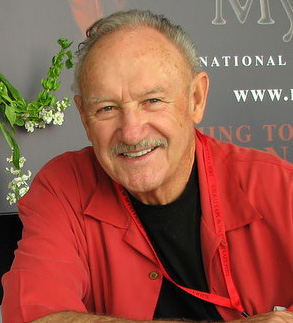
4. **The Battle Within: Gene Hackman’s Struggle with Advanced Alzheimer’s**At 95 years old, Gene Hackman, the man whose piercing gaze and unforgettable voice once commanded the silver screen, was engaged in a different kind of battle, one that cruelly dimmed the light of his brilliant mind. He was suffering from advanced Alzheimer’s disease, a condition that relentlessly erases the vibrant memories of an extraordinary life. This neurodegenerative illness gradually shrouded his cognitive abilities, replacing clarity with a pervasive fog that detached him from the world he once knew so intimately.
The progression of Alzheimer’s meant that the actor who once flawlessly delivered complex monologues and conveyed profound emotions was now struggling with the most basic aspects of daily life. The disease, as confirmed by his final autopsy report revealing ‘neurodegenerative features consistent with Alzheimer’s disease,’ had advanced to a point where his ability to care for himself, including the simple act of feeding, became profoundly compromised. This devastating reality placed an immense burden on his primary caregiver, Betsy, whose devotion became even more critical.
In his final days, the effects of Alzheimer’s were profound. The medical examiner later stated it was ‘quite possible’ Hackman was unaware that his wife had died just rooms away, a cruel mercy granted by the disease’s fog. This aspect of his suffering highlights the isolating nature of advanced dementia, where even the most significant events can be lost in the labyrinth of fading memory, underscoring the profound vulnerability he experienced as his story reached its quiet, heartbreaking conclusion.
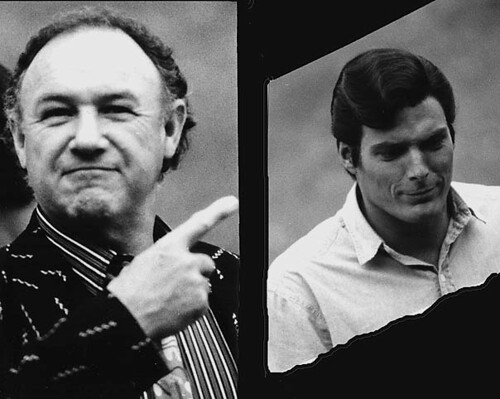
5. **A Devoted Partnership: The Unwavering Love of Gene and Betsy**The love story of Gene Hackman and Betsy Arakawa is one of profound devotion, a partnership that spanned over three decades, enduring long after Hackman retreated from the glare of Hollywood. They met in 1991 at a fitness center where Betsy worked, a chance encounter that blossomed into a deep and abiding connection. Their marriage became the bedrock of Hackman’s post-acting life, providing a sanctuary away from the demanding world of cinema.
After his retirement in 2004, the couple embraced a relatively private existence in Santa Fe, New Mexico. Their adobe home, a reflection of their shared appreciation for southwestern art and personal treasures, became their quiet haven. Here, Hackman, once an imposing figure on screen, chose a life of reclusion, dedicating himself to writing novels and enjoying the spectacular New Mexico landscapes, with Betsy consistently by his side. Their choice for a quieter, more domestic life underscored the depth of their bond, far removed from the public eye that had defined much of Hackman’s career.
Their bond remained steadfast until their very last days, marked by profound devotion even in the face of devastating health challenges. Betsy’s role as Hackman’s primary caregiver during his declining years cemented her unwavering commitment. Her presence was his anchor, her love a constant source of comfort amidst the confusion of Alzheimer’s. This enduring partnership, though ending in tragedy, stands as a testament to a love that defied the passage of time and the trials of life, a quiet testament to their unwavering loyalty to one another.
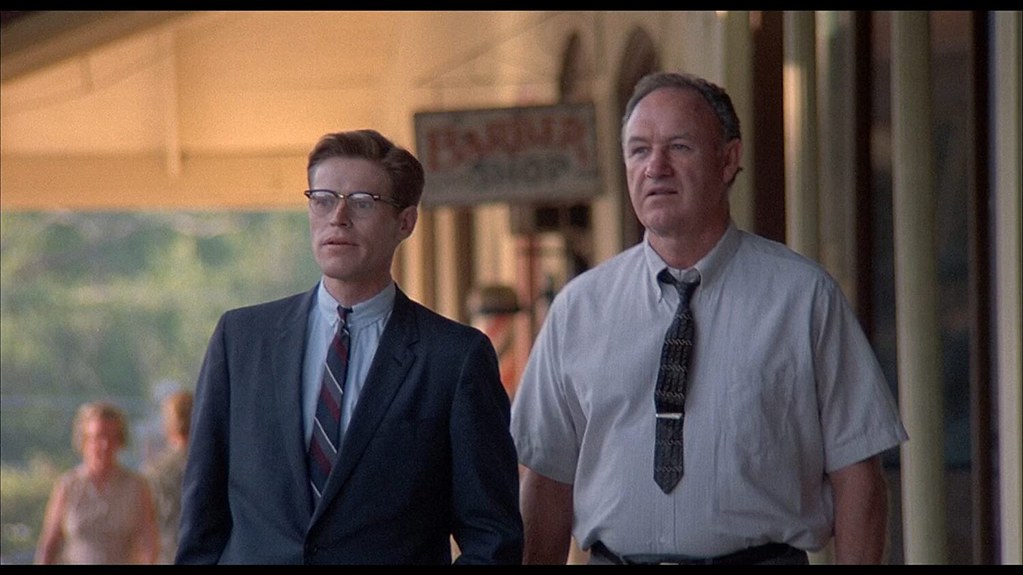
6. **A Week of Solitude: The Unnoticed Silence in Their Adobe Home**Following Betsy Arakawa’s tragic passing on February 11th, a heart-wrenching silence descended upon the adobe home in Santa Fe. For seven agonizing days, Gene Hackman, in the advanced stages of Alzheimer’s, was left alone within their shared sanctuary, a situation rendered even more poignant by his cognitive state. The circumstances of this week compel a contemplation of the profound isolation that can accompany aging and illness, particularly when one’s primary caregiver is suddenly gone.
No one can truly know the precise narrative that unfolded in those days. The cruel mercy of Alzheimer’s might have shielded Gene from the full, crushing weight of his loss, allowing him moments of forgetting, only to potentially rediscover the devastating truth again and again as his mind cycled through periods of lucidity and fog. One can only imagine the questions that might have arisen: ‘Did he call out for her in the mornings, expecting her familiar presence? Did he sit at their kitchen table wondering why breakfast hadn’t been prepared?’ The human imagination struggles with the anguish of such an unknowable reality.
What is known, however, is that on February 18th, just seven days after Betsy’s final breath, Gene’s own heart, which had carried him through nearly a century of life, finally surrendered. Medical examiners would later attribute his passing to heart disease, with Alzheimer’s listed as a contributing factor. Yet, for those who understand the profound connections between devoted partners of decades, another diagnosis might intuitively emerge: that of a broken heart. The accumulation of mail at the end of their driveway, the absence of lights in the evening, these were perhaps subtle signals that went unheeded, highlighting how easily even the most famous figures can become disconnected in our modern world of often fleeting community bonds.
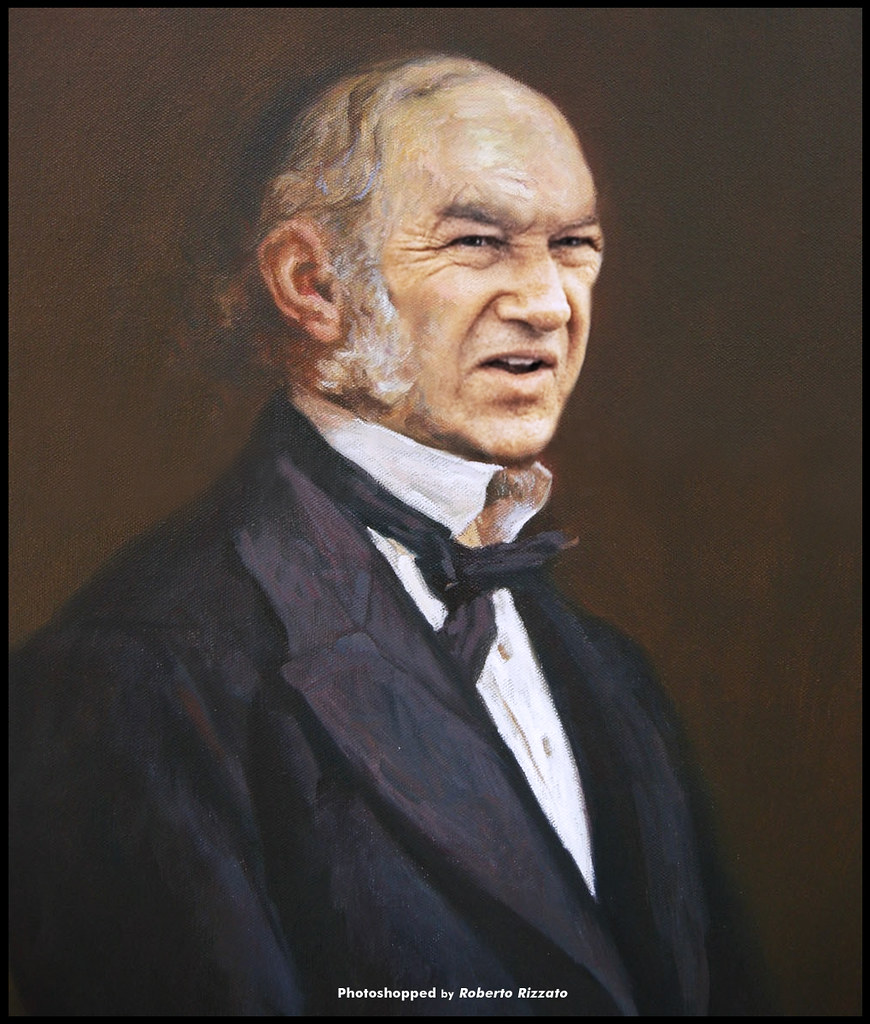
7. **The Heartbreaking Discovery: An Unheeded Silence**For eight agonizing days, a profound and tragic silence hung heavy over the adobe home nestled in the Santa Fe hills, a stillness that tragically went unheeded in a world often too swift to notice the quiet ebb of life. It was not until February 26th—fifteen days after Betsy’s passing and eight days after Gene had joined her—that the stillness was finally broken. A welfare call, a simple act of belated concern, prompted authorities to visit their seemingly tranquil abode.
Upon their arrival, the grim reality unfolded: the bodies of both Gene Hackman and Betsy Arakawa were discovered. The media would later report the chilling clinical details, noting that their remains were tragically mummified by the time officials arrived, a stark testament to the extended period they had lain unnoticed. This unsettling discovery brought to light the painful truth of how easily even those who have lived in the public eye can become disconnected and isolated in their final moments.
The absence of lights in the evenings, the accumulation of mail in the box at the end of their driveway—these were perhaps subtle signals that, individually, might have seemed innocuous, but collectively whispered of a deeper quietude. These unheeded signs serve as a poignant reminder of the often-fragile threads of community connection in our modern lives, threads that can fray and snap, leaving even beloved figures to face their end in heartbreaking solitude. Their story became a somber reflection on how easily privacy can morph into profound isolation.
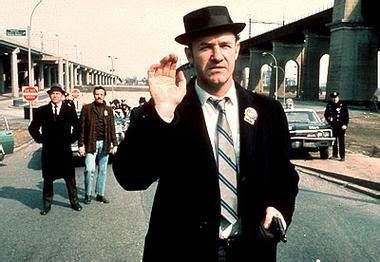
8. **Autopsy Insights: Betsy Arakawa’s Invisible Foe**The subsequent investigation into Betsy Arakawa’s death revealed the insidious nature of the silent invader that claimed her life: hantavirus. This rare and often deadly virus, primarily transmitted through rodent droppings, had found its way into their Santa Fe sanctuary. Officials, upon investigation of the mansion, described it as being “infested with rats,” effectively labeling it a “breeding ground” for the hantavirus, a chilling detail that underscores the tragic circumstances.
Betsy Arakawa, a woman who had dedicated her life to the care of her husband, is believed to have passed away around February 12th, a date derived from her last recorded phone call. The initial symptoms of hantavirus—fatigue, muscle aches, a slight fever—could easily have been dismissed as a common ailment, masking the rapid and severe progression of the illness that would ultimately lead to her pulmonary system failing, her lungs filling with fluid, and her body being depleted of oxygen.
Her passing was a cruel blow, not only in its suddenness but also in its profound impact on Gene. As his primary caregiver, her death created an immediate and catastrophic void, leaving a man already struggling with advanced cognitive decline utterly alone. The discovery brought a clinical explanation to her tragic end, yet it deepened the mystery and sorrow surrounding Gene’s subsequent days of solitude.
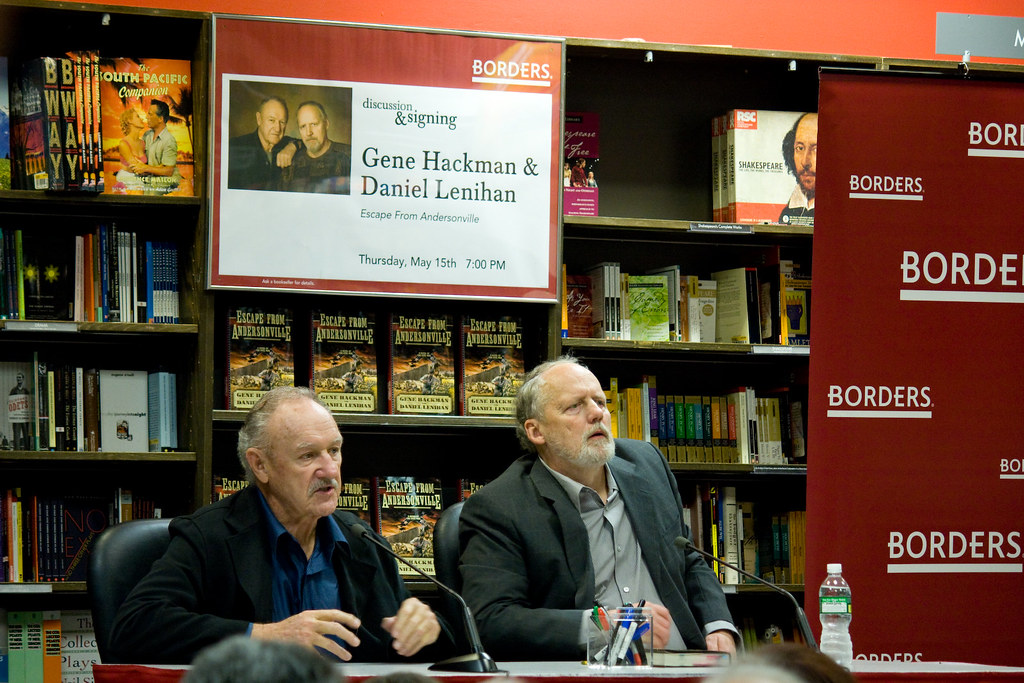
9. **Autopsy Insights: Gene Hackman’s Waning Light**Gene Hackman’s official autopsy report, meticulously compiled by the Office of the Medical Investigator in New Mexico, painted a clearer, yet equally heartbreaking, picture of his final days. The report definitively stated his cause of death as heart failure, with advanced Alzheimer’s disease listed as a significant contributing factor, a testament to the cumulative toll of his prolonged health struggles.
Further toxicology tests provided unsettling insights, revealing “trace amounts of acetone in his system—specifically, 5.3 mg/dl—a level that is consistent with prolonged fasting.” This harrowing discovery was corroborated by the fact that no food was found in Hackman’s stomach at the time of his passing. These details underscore a tragic reality: in his advanced state of Alzheimer’s, it is highly probable that he was no longer capable of feeding himself independently, a vulnerability made catastrophic by Betsy’s untimely demise.
The report further illuminated his deteriorating health, citing a “history of congestive heart failure” and “severe chronic hypertensive changes, kidneys.” These medical findings collectively portray a man whose physical and cognitive functions had been steadily waning, culminating in a devastating final act. Such a decline speaks volumes about the silent, relentless progression of disease, particularly for those in their twilight years.
Dr. Heather Jarrell, the Chief Medical Examiner, poignant asserted that it was “quite possible” Hackman was unaware that his beloved wife had died just rooms away, a cruel mercy granted by the disease’s relentless fog. This aspect of his suffering highlights the isolating nature of advanced dementia, where even the most significant events can be lost in the labyrinth of fading memory, underscoring the profound vulnerability he experienced as his story reached its quiet, heartbreaking conclusion.

10. **The ‘Broken Heart’ Narrative: A Love Beyond Medical Terms**While medical science precisely identifies heart failure as the official cause of Gene Hackman’s passing, and Alzheimer’s as a contributing factor, the human heart often seeks a narrative that transcends clinical diagnoses. For those who observed the profound devotion between Gene and Betsy, particularly in his declining years, another, more poignant, explanation intuitively emerged: that of a broken heart. Their partnership, spanning over three decades, was a bedrock of unwavering love, making Betsy’s sudden absence an immeasurable void.
Betsy Arakawa’s role as Hackman’s primary caregiver was not merely a duty but a testament to her deep commitment and love. Her consistent presence, her gentle patience, and her steadfast support were the anchors that moored him in the turbulent seas of his cognitive decline. To imagine his world suddenly devoid of her familiar touch, her comforting voice, and her unwavering vigilance is to grasp the immensity of his loss, even if his memory failed to fully register it.
Their bond remained steadfast until their very last days, marked by profound devotion even in the face of devastating health challenges. This enduring partnership, though ending in tragedy, stands as a testament to a love that defied the passage of time and the trials of life, a quiet testament to their unwavering loyalty to one another, making the thought of his heart failing in her absence all the more sorrowful.
Adding another layer of tragic poignancy to their story is a provision within Betsy Arakawa’s own will. It stipulated that if both she and Hackman were to die within 90 days of each other, their combined fortune would be donated to charity. This detail, while legally significant for Hackman’s surviving children who may or may not pursue legal action regarding the estimated $80 million estate, speaks volumes about the intertwined nature of their lives, their shared legacy, and their ultimate, unforeseen unity in death. It serves as a somber echo of a love so profound, it extended even to their final, shared act.
Read more about: Gutfeld’s Unfiltered Firestorm: Exposing the Left’s ‘Both Sides’ Fallacy After Charlie Kirk’s Assassination

11. **A Call to Action: Rebuilding the Fabric of Community**The tragic, quiet farewell of Gene Hackman and Betsy Arakawa demands more from us than mere sorrow or fleeting reflection; it serves as a stark, communal mirror reflecting the profound cracks in our societal fabric and the pervasive issue of elder isolation. The haunting question reverberates through our communities: “How could this happen? How could a legendary actor and his wife pass away, one after the other, without anyone noticing for days?” Their story, though specific, is a universal echo of the vulnerabilities that many face in their final years.
This isn’t merely a personal tragedy; it reveals a systemic failure that touches every corner of our society. Across our neighborhoods, countless elders grapple with profound isolation, a condition often exacerbated by the natural processes of aging and the onset of debilitating illnesses. Those battling memory disorders, like Gene’s advanced Alzheimer’s, frequently retreat further from social connections, either by the cruel dictates of their condition or the isolating circumstances it creates. The geographic distance of family members, the hesitation of neighbors to intrude on perceived privacy, and the relentless, often unfeeling pace of modern life all contribute to the erosion of traditional community bonds that once ensured no one faced life’s final challenges alone.
In New Mexico, the statistics paint a sobering picture: approximately 43,000 people live with Alzheimer’s or related dementias, yet the support systems available to them and their caregivers remain woefully inadequate. The tragic irony here is profound and deeply unsettling: Gene Hackman, a man who brought immeasurable joy and entertainment to millions across the globe, ultimately died without the basic community support that might have prevented such a lonely and drawn-out end. The face recognized worldwide became tragically invisible in his final days, a stark reminder that fame offers no shield against the quiet indignities of neglect.
This story, therefore, is not just an recounting of facts; it becomes a powerful, undeniable call to action for all of us. It urges us to actively reweave the frayed edges of our community tapestry, to look beyond our immediate concerns and truly see those who are vulnerable. We must make a conscious effort to check on our elderly neighbors, especially those whose routines have visibly shifted or whose homes remain suspiciously quiet and dark. These small acts of vigilance can make an immeasurable difference.
Furthermore, we must advocate for robust support systems for the unsung heroes—the family caregivers who often silently bear immense emotional, physical, and financial burdens while tending to loved ones with dementia. Championing community health workers who can bridge the gap between isolated elders and vital resources, and pushing local governments to implement proactive welfare check programs for vulnerable seniors, are not just noble aspirations; they are urgent necessities. The measure of our humanity lies not just in how we celebrate our brightest stars when they shine, but in how diligently we care for them when their light inevitably begins to dim, ensuring that no one faces their final curtain call in heartbreaking solitude.
The story of Gene Hackman and Betsy Arakawa, while shrouded in profound sadness, resonates as a powerful narrative of enduring love and the often-unseen vulnerabilities that come with age. Their final days, marked by devotion amidst devastating illness and culminating in an agonizing solitude, compel us to look beyond the glittering facades of celebrity and confront the critical issues of elder isolation and community responsibility. As we reflect on the legacy of a cinematic titan and the quiet grace of his devoted partner, let their poignant farewell ignite within us a renewed commitment to fostering empathy, connection, and steadfast care, ensuring that no one, regardless of their past renown, ever fades into the quiet unnoticed. May their unique story inspire a legacy of greater human connection, honoring their memory by striving to build a world where every ending is met with compassion, dignity, and the embrace of a caring community.



